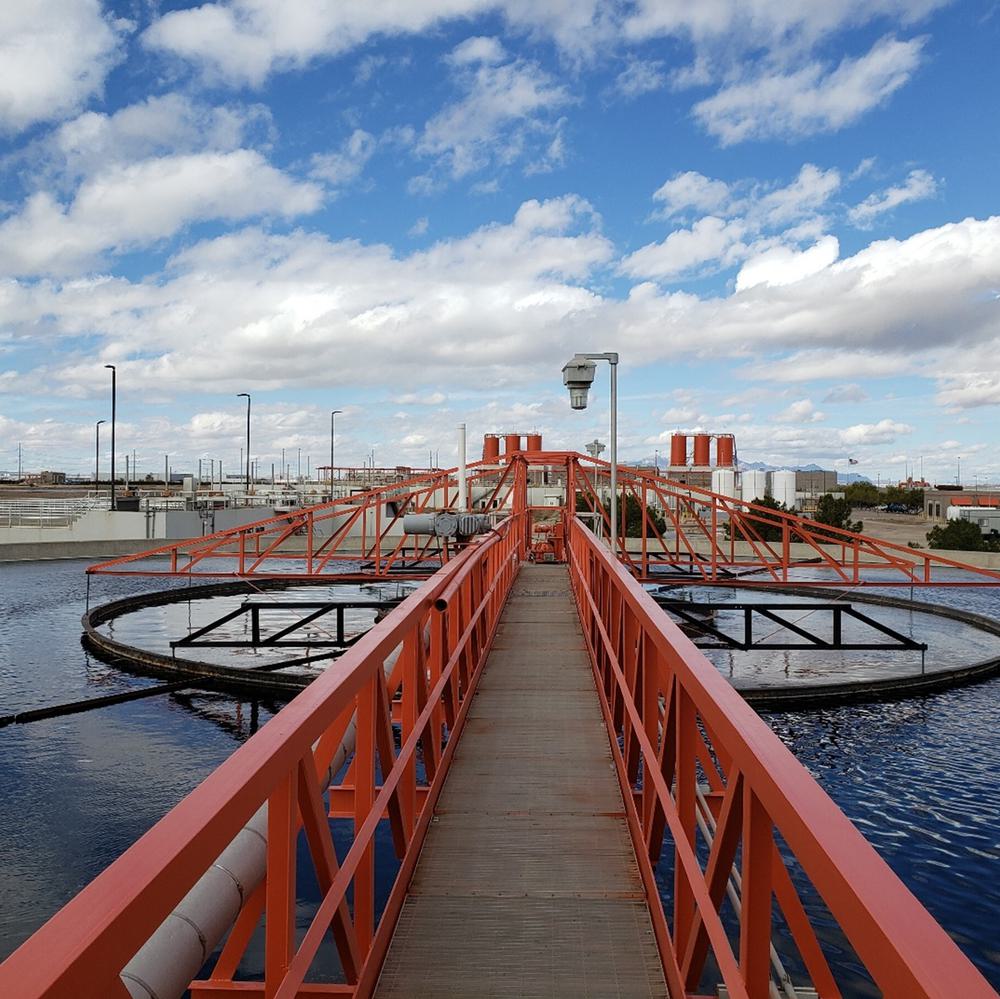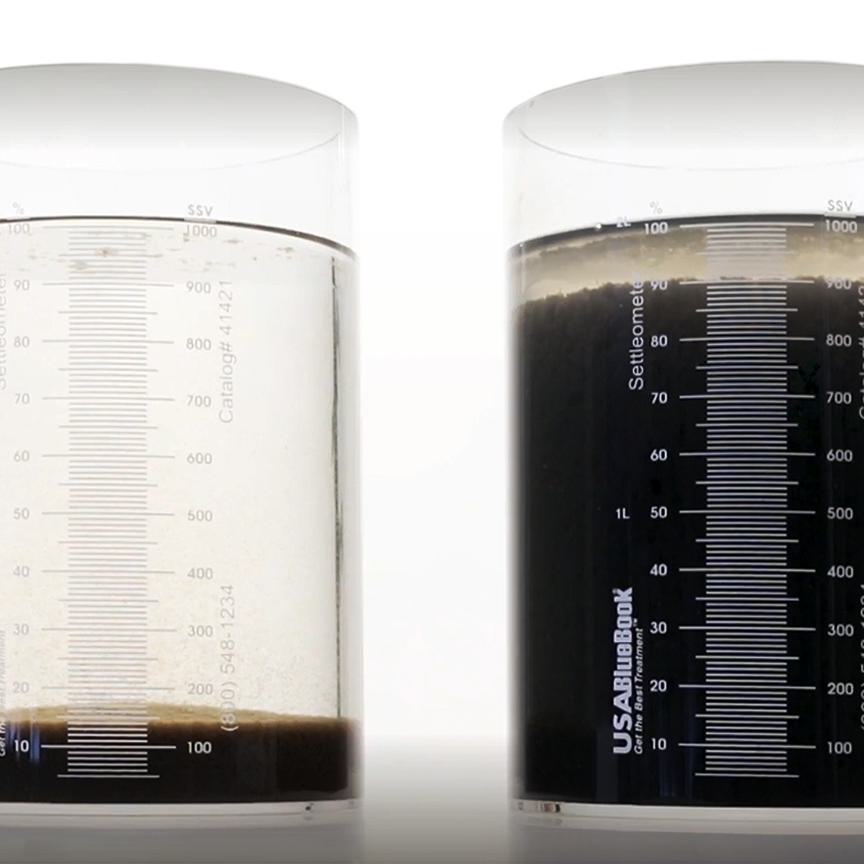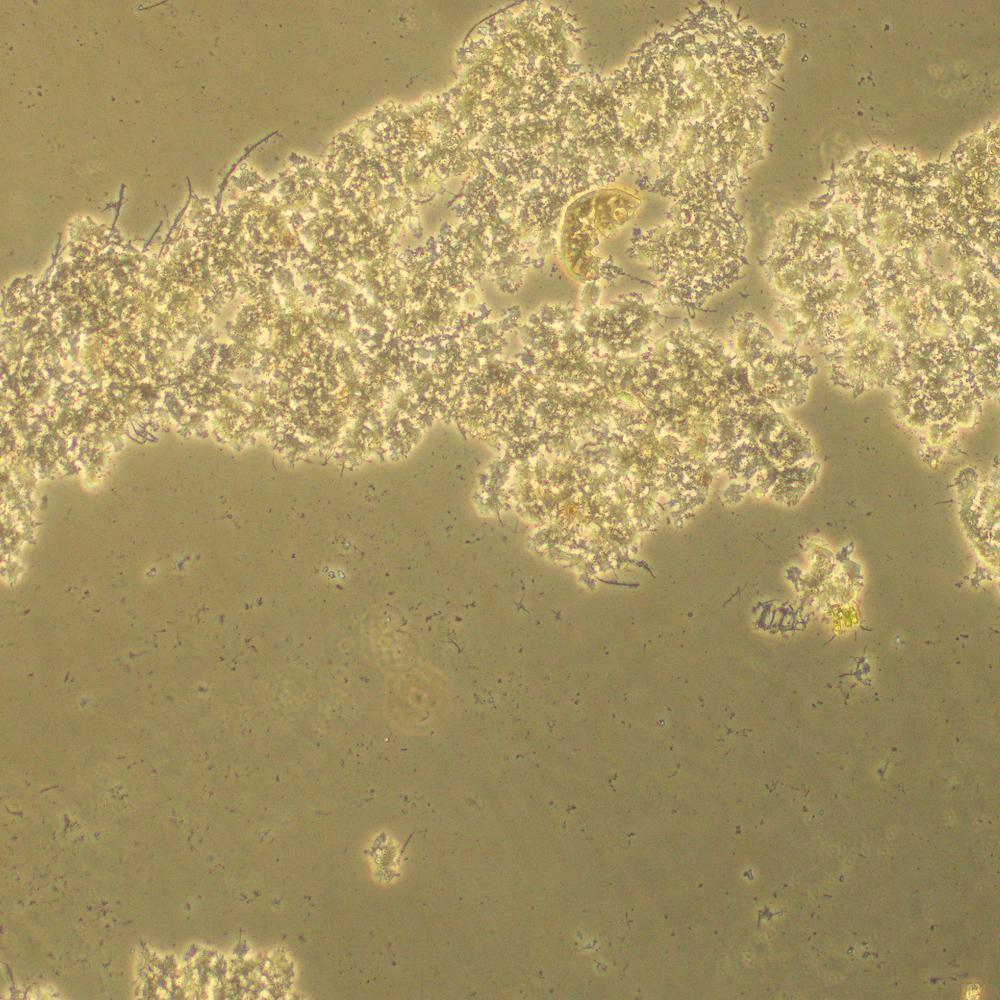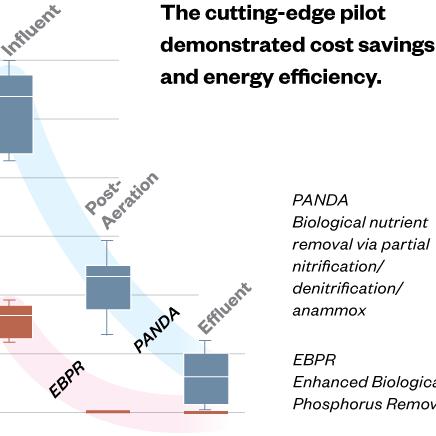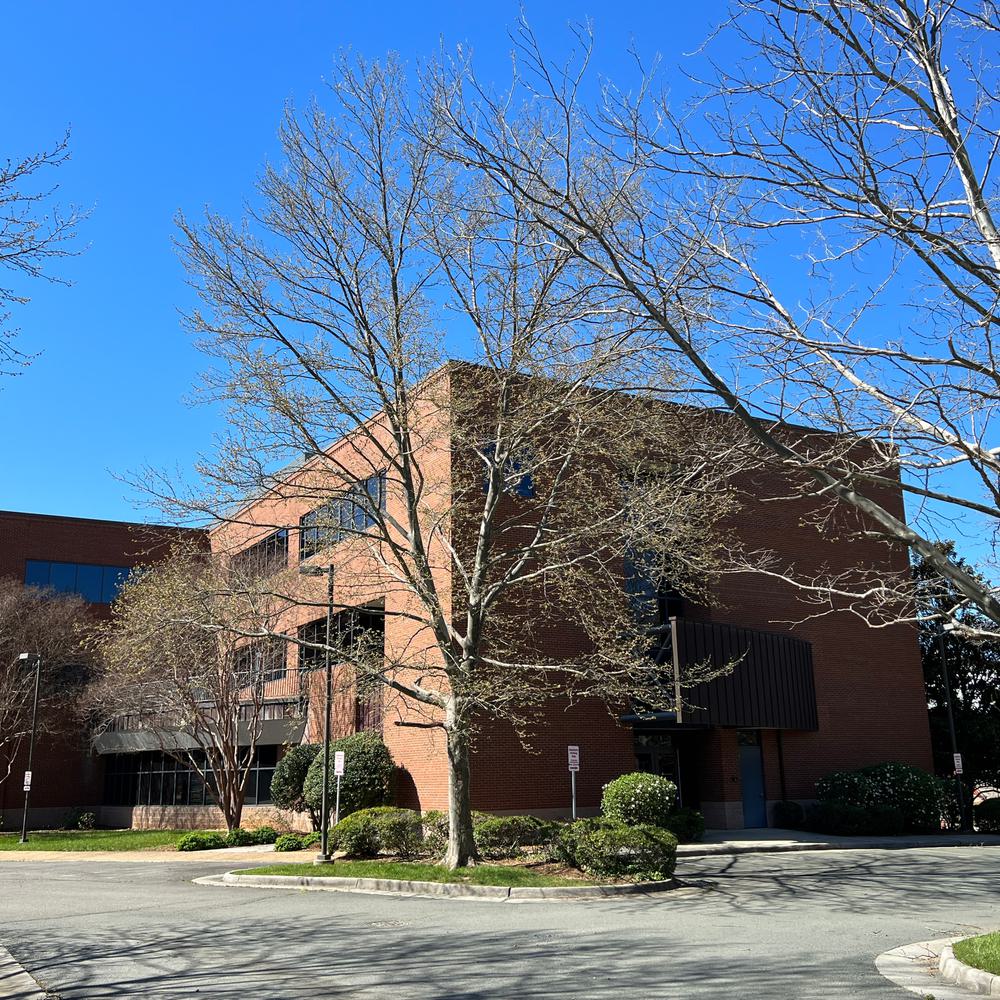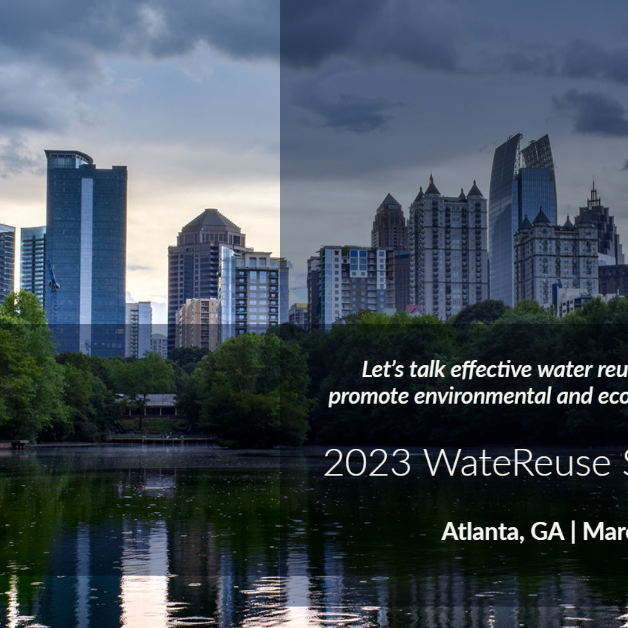Digester Gas Usage Optimization at Moores Creek WWTP
Hazen and Sawyer was selected by the Rivanna Water and Sewer Authority to design upgraded treatment facilities for enhanced nutrient removal at the 15-mgd Moores Creek WWTP. The project also included evaluation and design of improvements for beneficial utilization of digester gas. The new facilities will reduce net greenhouse gas emissions by approximately 590 tons CO2e per year when accounting for both direct and indirect (reduced off-site electrical power production) emissions.


The existing facility did not have supplemental heating capacity with a hot water boiler to allow decoupled operation of the CHP system from process and building heating from process air requirements. Therefore, both digester gas and natural gas were routinely required in the existing engine-driven equipment to produce sufficient hot water for digester heating even when process air demands did not warrant air production. As a result, the excess air was wasted and the system operated at a much lower than desired overall energy efficiency.

Mike Bullard is experienced in the design, operation, maintenance and process optimization of municipal and industrial water and wastewater treatment facilities.
Related Topics:
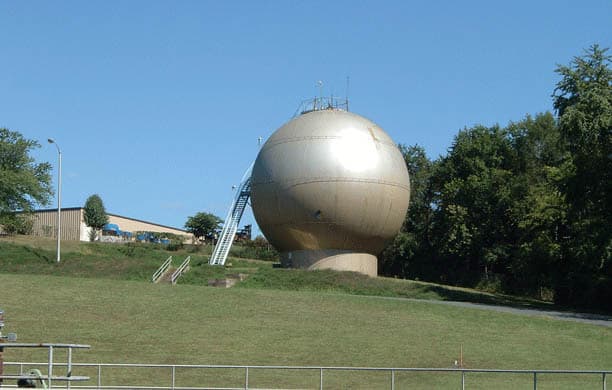
The improvements constructed include the following:
Replacement of the dual-fuel engine driven blowers with high-efficiency, high-speed turbo aeration blowers which result in a reduced energy consumption per unit air volume generated and are better matched to meet process air demands with the ENR system.
Installation of a digester gas/natural gas fueled hot water boiler system to increase digester system heating reliability and provide heat generation capacity to meet peak seasonal heating demands.
Installation of a digester gas/natural gas fueled 350kW CHP system for the on-site production of electrical power from the digester gas fuel source.
Project Outcomes and Benefits
- Decoupling process air production from digester heating to allow each system to be optimized independent of the other for increased overall energy efficiency.
- Beneficial utilization of digester gas across seasonal heating demand cycles.
- Increased overall reliability in digester heating capacity.
- Overall reduction of greenhouse gas (GHG) emissions.
- Optimal allocation of capital for reduced initial and lifecycle operating costs.


